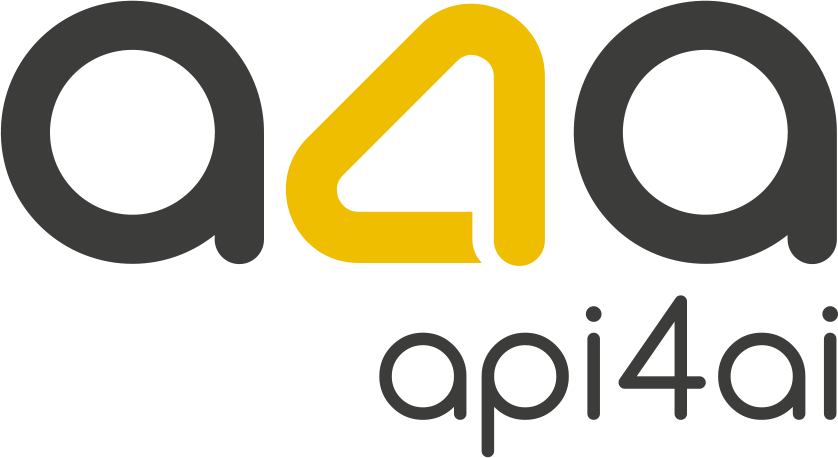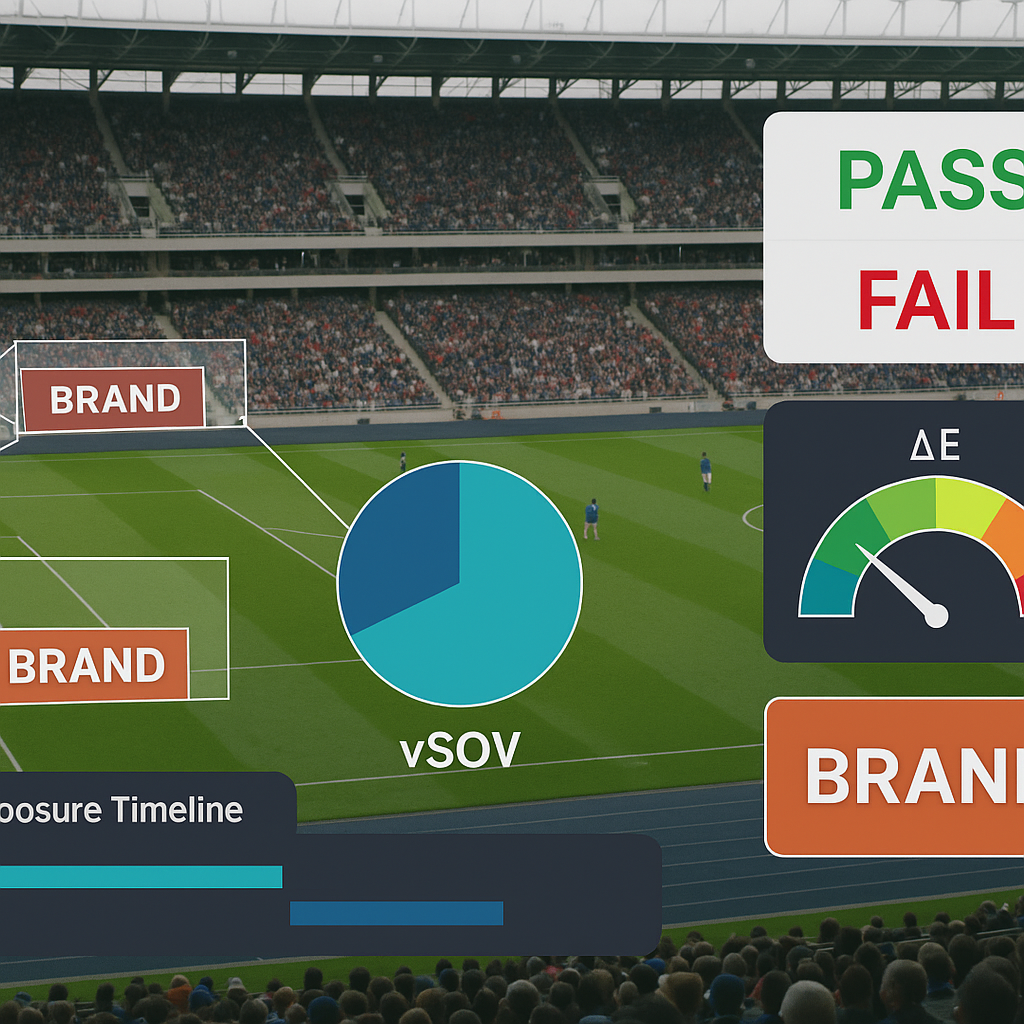
Contract Compliance Bot: Logo Specs vs. Reality
Sponsorship contracts don’t buy “exposure” in general — they buy specific, measurable delivery: a logo must be on screen for a minimum number of seconds, occupy a defined share of the frame, appear in the correct brand color, and stay within approved zones. The problem is that these requirements are often verified manually, leading to disputes, delayed invoices, and margin leakage.
A Contract Compliance Bot changes that. By detecting logos, measuring size and placement, checking color fidelity, and accruing duration automatically, it issues a clause-by-clause pass/fail report before invoices are released. The result: fewer make-goods, faster cash collection, and auditable evidence packs that sponsors and finance teams can trust.
For executives, the takeaway is clear: treat compliance as revenue assurance. With the right mix of ready-to-use APIs (logo recognition, OCR, anonymization) and tailored rule engines, you can make compliance a real-time capability that protects today’s margin and strengthens tomorrow’s renewals.
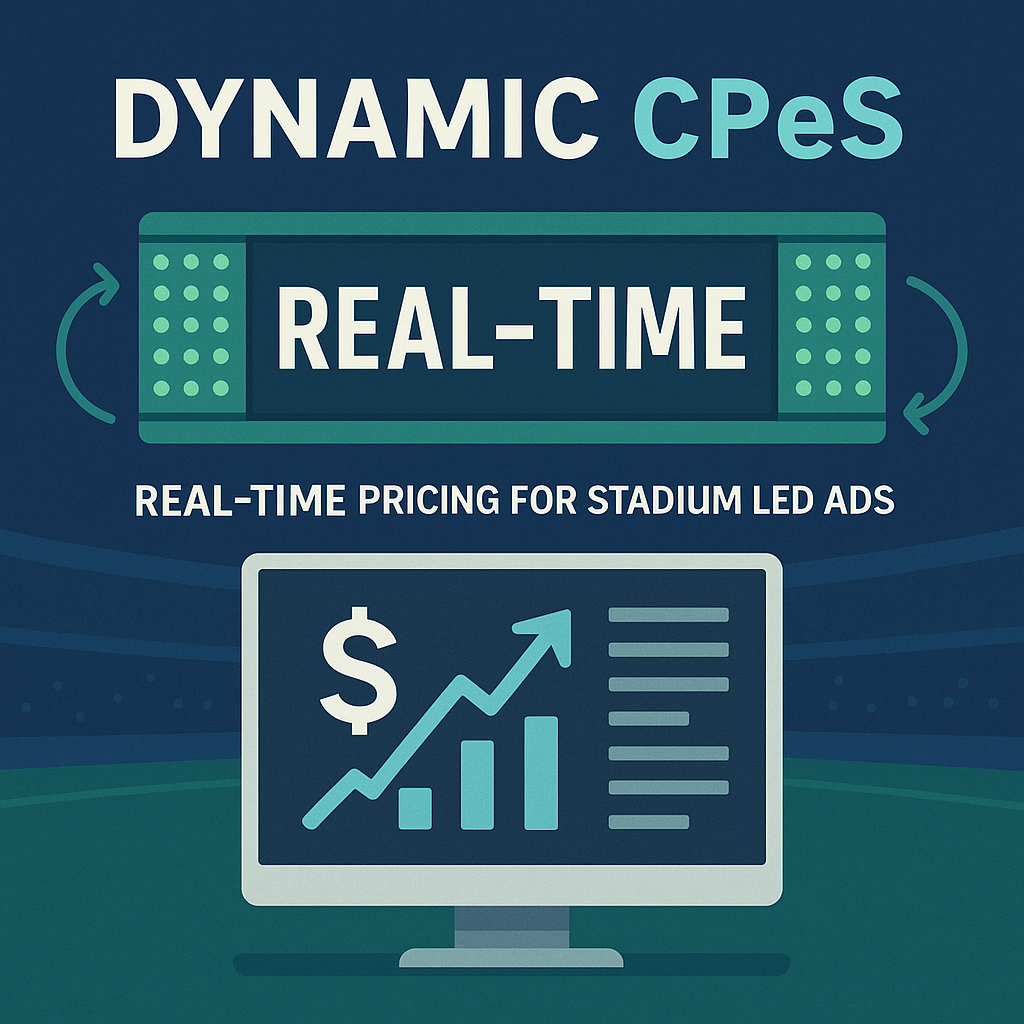
Dynamic CPeS Calculator for Real-Time Ad Rotations
When an LED ribbon can flip creatives in seconds, every visible moment becomes tradable inventory. This post shows how a live Cost-per-Exposure Second (CPeS) feed transforms static perimeter boards into real-time revenue engines — letting rights-holders throttle or accelerate rotations mid-match, meet contractual screen-time promises, and unlock programmatic-style pricing. From the computer-vision APIs that verify each logo to the control hooks that adjust pacing on the fly, discover the architecture and boardroom playbooks that turn stadium LEDs into data-driven profit centers.
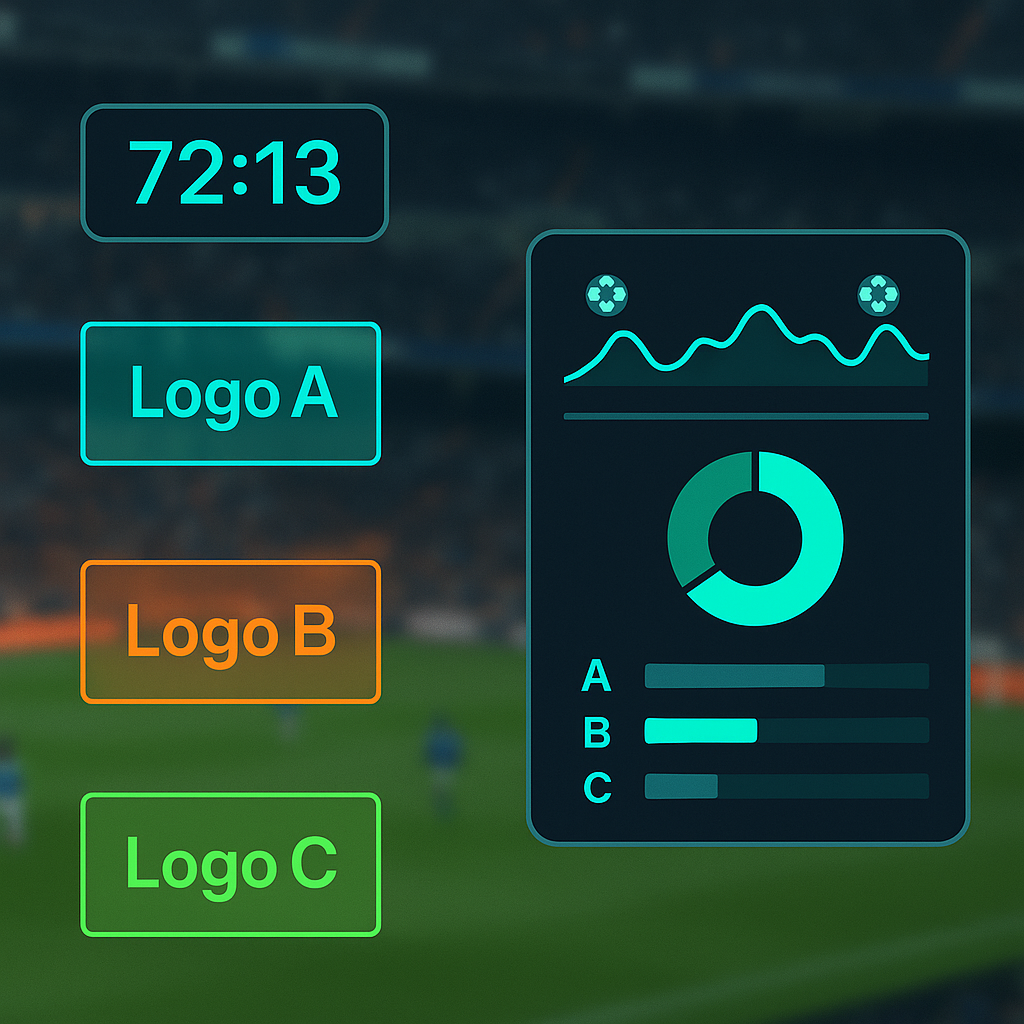
Scoreboard OCR Meets Logo Metrics: Context Matters
Sponsors don’t pay for minutes on screen — they pay for moments. This post shows how reading the live scoreboard with OCR and fusing it with logo analytics turns generic “screen time” into impact time tied to goals, timeouts, penalties, and late-game drama. You’ll see why context changes valuation math and how three board-ready KPIs — Impact-Adjusted Exposure Seconds (IAES), moment-filtered vSOV, and impact-adjusted CPeS — defend rate cards, reduce make-goods, and shift spend to higher-yield assets. We outline a pragmatic rollout: start with ready APIs (OCR, Brand Recognition, Image Anonymization), prove pricing lift on a short pilot, then add custom rules for your league and workflows. The outcome is a moment-based sponsorship product backed by audit-ready evidence — and a clearer path to ROI.
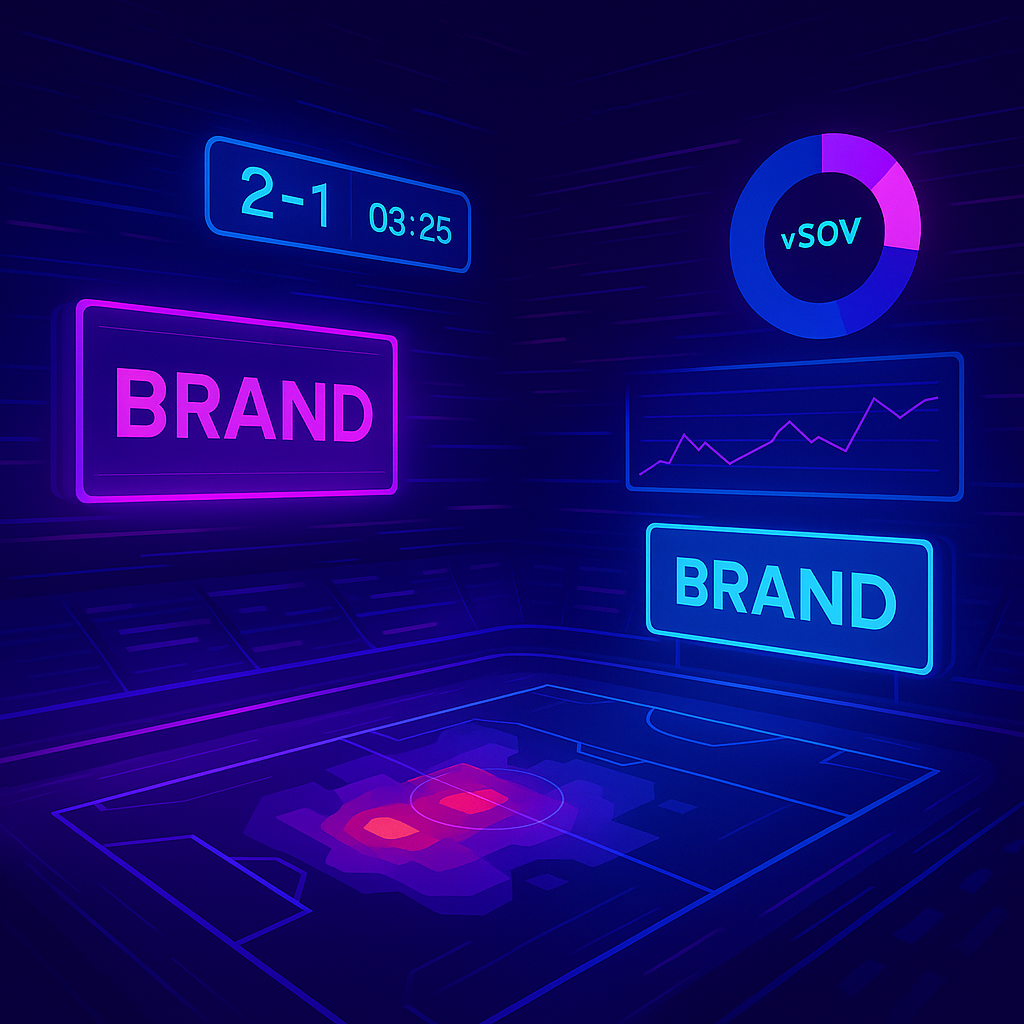
E-Sports Overlays: Measuring Virtual Brand Presence
Esports overlays — virtual billboards, HUD bugs, replay wipes — now command real budgets, and they deserve stadium-grade measurement. This post shows how to turn gameplay and broadcast footage into qualified exposure seconds using modular computer-vision blocks (logo recognition, OCR, object detection, anonymization), then roll those seconds into two board-ready KPIs: vSOV (visual share of voice) — how much of the screen you truly owned — and CPeS (cost per exposure second) — what you paid for that ownership. Grounded in current IAB gaming guidance, the framework helps publishers and sponsors price, verify, and optimize inventory across titles, proving value with auditable numbers — and giving leadership a practical path to faster deals, cleaner renewals, and better unit economics.
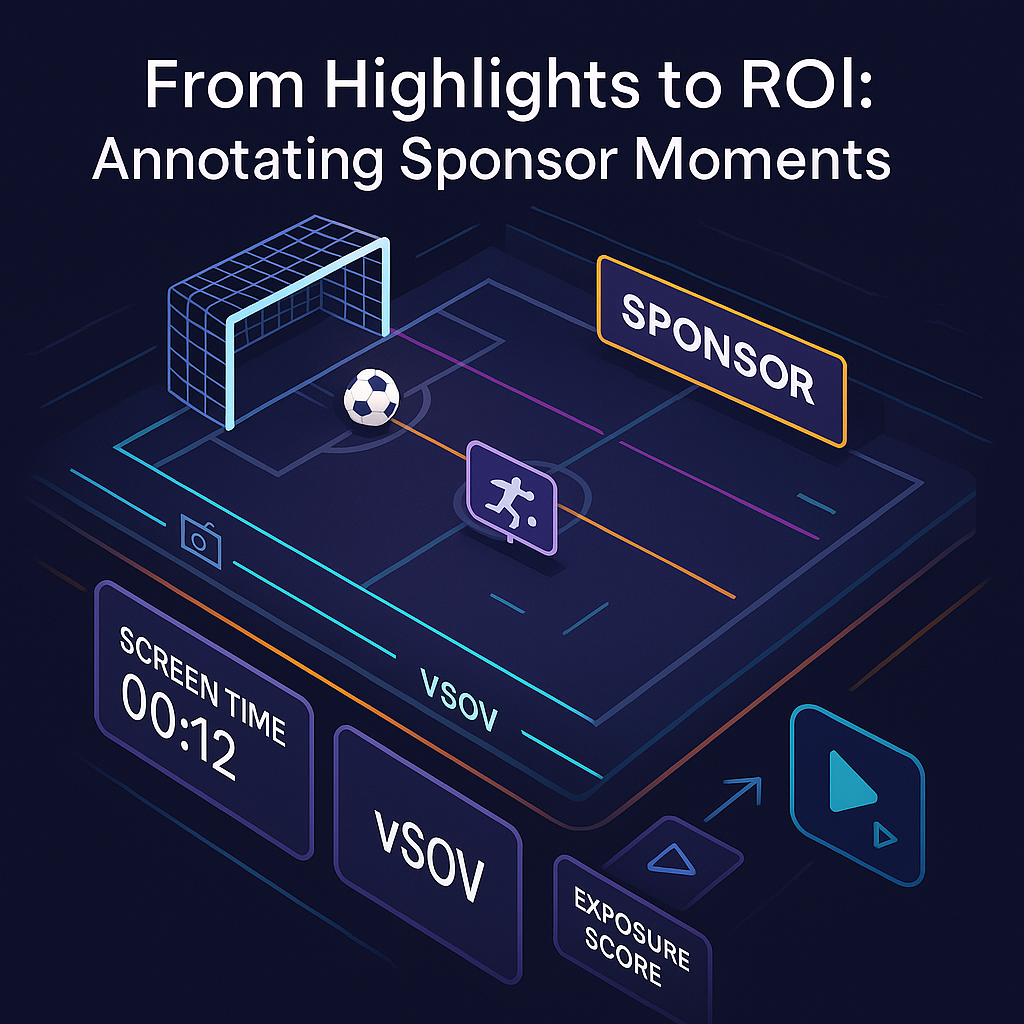
From Highlights to ROI: Annotating Sponsor Moments
Sports highlights don’t just drive views — they can prove sponsorship ROI. This post shows how auto-tagging the exact seconds when a goal and a sponsor logo share the frame turns highlights into commercial evidence. Editors receive ready-made, brand-sorted clips with Screen Time baked in for instant social; commercial teams get standardized KPIs — vSOV, Exposure Score (area × position × clarity), and Cost per Exposure Second (CPeS)—to price, defend, and optimize deals. We outline a pragmatic path: assemble fast with ready vision APIs (logo recognition, OCR, anonymization), then tailor models for your venues to cut costs and lift accuracy. The result is faster distribution, cleaner make-goods, and board-level proof that turns highlights into revenue.
Cost per Exposure Second: Pricing the Pixel
As boards and CFOs demand ever-greater accountability for sponsorship spend, Cost per Exposure Second (CPeS) is emerging as the new gold standard for pricing on-screen brand visibility. Instead of relying on guesswork or outdated impression models, leading rights holders now merge advanced computer vision, real-time analytics, and dynamic rate cards to price every second of exposure — down to the pixel. This approach unlocks full transparency, enables flexible sponsorship tiers, and builds trust with both brands and investors. In this post, we break down the math, the technology, and the roadmap required to operationalize CPeS before next season — turning every moment on screen into a measurable, board-ready asset.
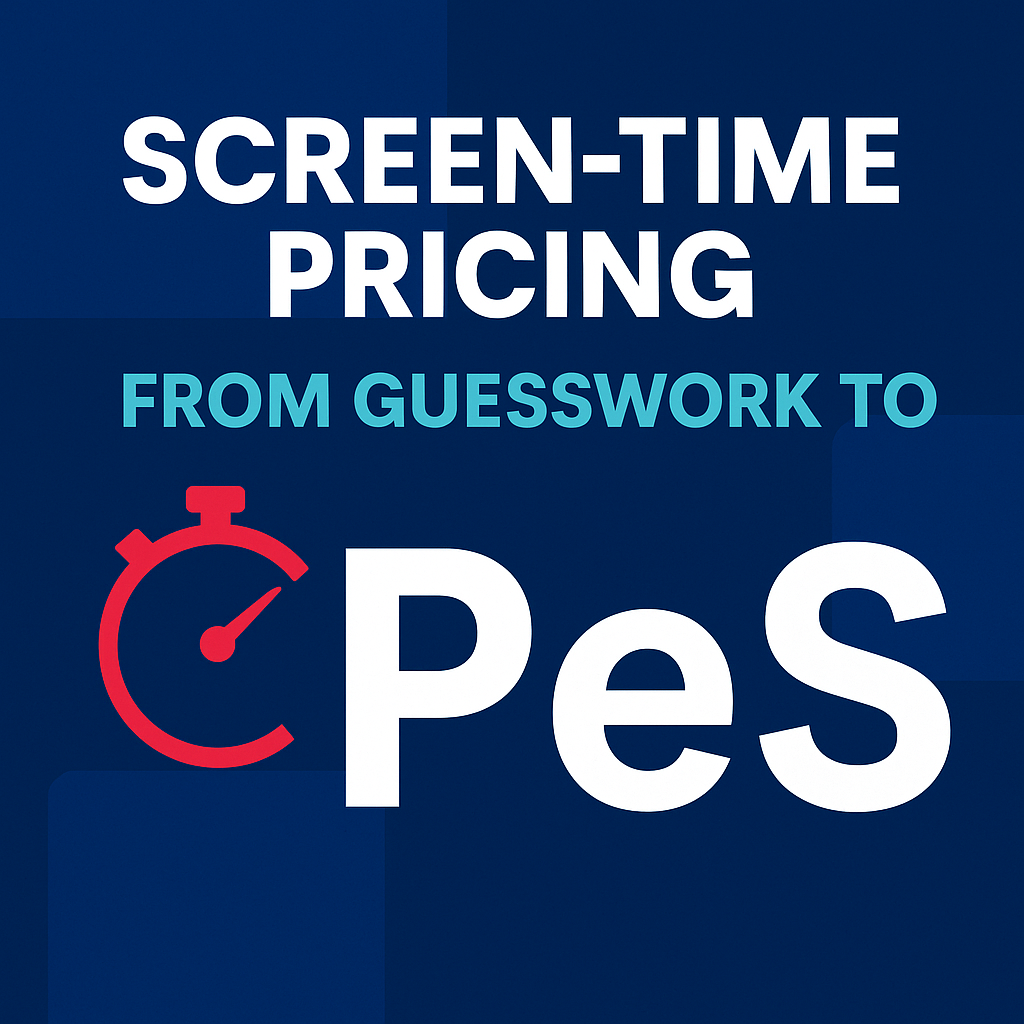
Screen-Time Pricing: From Guesswork to CPeS
For years, sponsorship and media rights have been priced on impressions — a model that overlooks how long a brand is visible, where it appears on screen, and whether audiences even notice it. As budgets tighten and scrutiny intensifies, this approach no longer satisfies boards, investors, or sponsors. Enter Cost per Exposure Second (CPeS): a next-generation metric that transforms every visible second of brand presence into a verifiable asset. Powered by AI-driven exposure scoring, CPeS enables executives to negotiate with precision, justify premium rates with evidence, and align sponsorship spend with measurable outcomes. The shift marks a turning point where transparency and accountability become the foundation of sponsorship value.
